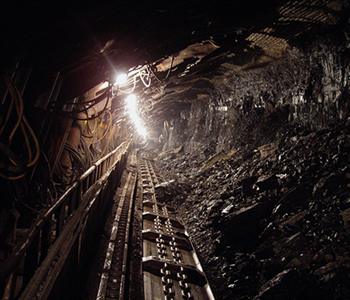
Depending on the ground conditions, the surrounding area and the type of project you undertake, there are several underground work techniques that can be used for piping projects. In this article, we will be uncovering the difference between these 5 types if underground projects; Sinking, Horizontal and Directional Drilling, Micro-Tunneling, Tunnel Boring and Conventional Galleries. Let’s go over the different techniques.
Pipe jacking is a common type of underground work in heavily urbanized areas, where minimizing disturbances are essential. Upon completion of a pipe jacking project, there is minimal ground surface restoration needed. This technique is used for laying underground pipes at deep depths while crossing obstacles.
The process for a pipe jacking project includes:
Horizontal and directional drilling are two trenchless techniques for laying piping underground. This technique is used in situations where there are obstacles, such as rivers or buildings, and can be used effectively on many different sites and terrains.
The process involves creating a directing hole in the ground to set up a horizontal bore below the surface along the intended route through which the pipes can pass.
Read this article to learn more details about this technique.
Micro-tunneling is another trenchless type of underground work that is often used to build wastewater or drinking water systems. It can also be successfully used for laying energy and telecommunications networks. There are few limitations in terms of project length, as the cutting wheel used can be adapted to any ground conditions.
This process includes boring holes and laying pipes through remote guidance, typically through a control panel located on the surface. This allows the pipe to be laid simultaneously as the ground is excavated.
Tunneling is an effective type of underground work when there are severe geological restrictions on a piping project. The tunnel boring machine can create large diameter pipelines with very little surface impact.
While the use of heavy machinery in underground piping projects is considered standard, many still use conventional galleries. This technique relies on human knowledge and expertise in all aspects of a project, including soil conditions, digging, soil analysis and so on. This technique is used to solve a specific problem at a work site quite frequently.
At Plastech Plus, we are a leading Canadian supplier of drill muds, polymers, PVC pipes and ground sampling supplies. We have been manufacturing and distributing environmental drilling products since 2002 and can help your company obtain the best tools and products needed to successfully and safely complete any job.
Understanding Geothermal Drilling
The Differences between PVC and HDPE